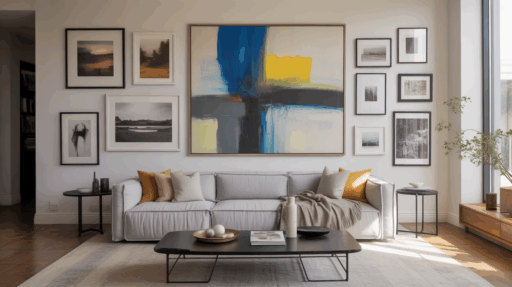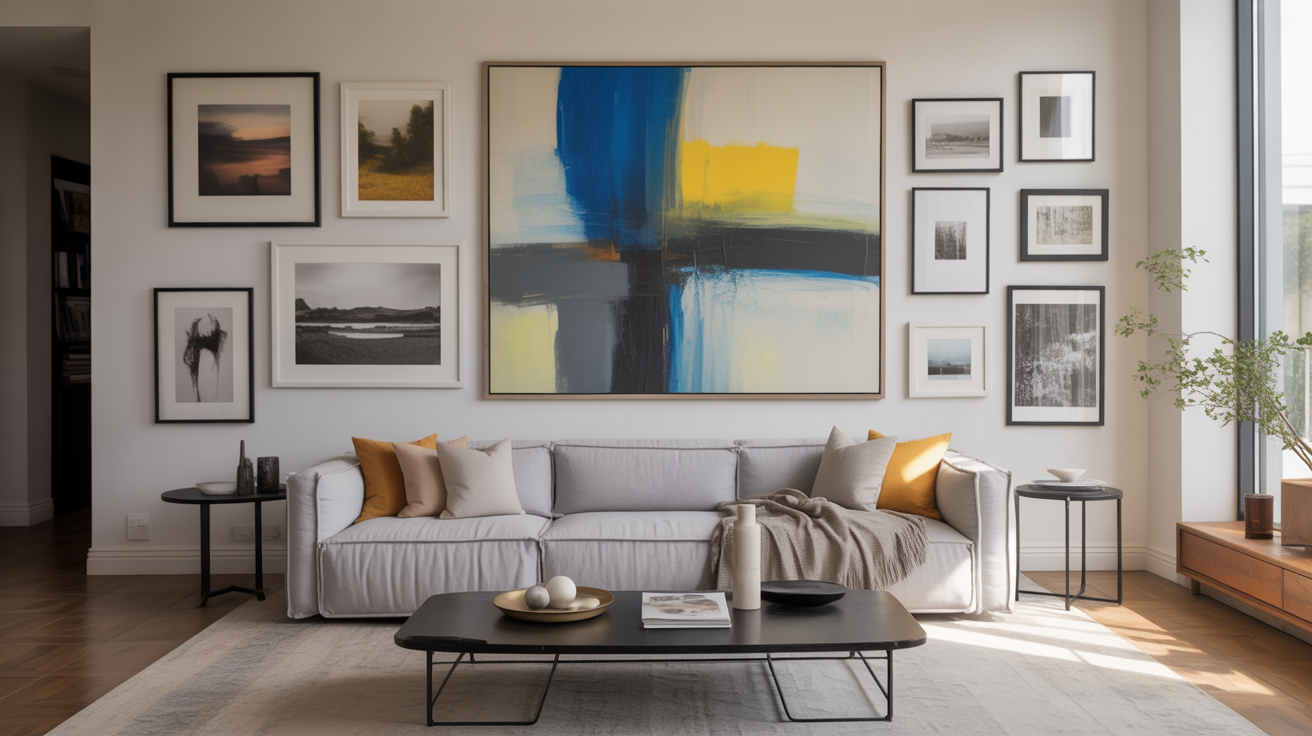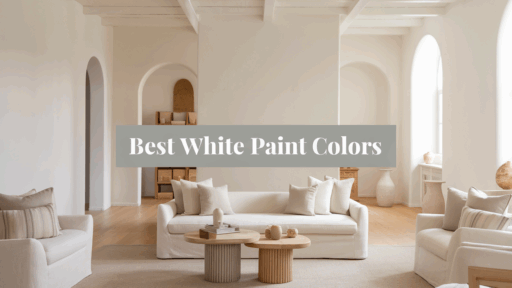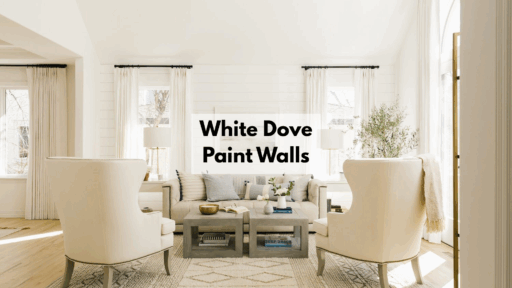The living room is often the centerpiece of a home—a place where you relax, entertain, and express your personality. While furniture and layout define the room’s function, art is what breathes soul into the space. It’s the difference between a house that feels like a showroom and one that feels like a home.
Decorating with art isn’t just about filling blank walls; it’s about telling your story, sparking conversation, and creating a visual rhythm that speaks to everyone who enters. Whether you’re drawn to dramatic oil paintings, minimalist photography, or eclectic gallery walls, the right art can elevate your living room from ordinary to unforgettable.
But how do you curate a collection that feels cohesive, stylish, and uniquely you? And how do you showcase your pieces in a way that maximizes their impact? This guide will walk you through everything you need to know—from choosing the right styles and sizes to creative display strategies and lighting techniques that make your art shine (literally).
1. Start with the Mood You Want to Create
Before diving into colors and frames, think about how you want the room to feel. Do you envision a serene, Zen-like retreat or a space filled with dynamic energy? Your emotional goal will guide your art selections.
- For tranquility: Choose soothing landscapes, abstract watercolors, or monochrome photography.
- For vibrancy: Look for bold patterns, bright colors, or pop art with attitude.
- For coziness: Warm tones, vintage posters, and family photos in rustic frames do the trick.
This foundational decision ensures that each piece of art contributes to a cohesive atmosphere.
2. Mix and Match Art Styles
A well-curated living room doesn’t rely on a single style or medium. In fact, mixing it up adds character and prevents your space from feeling flat.
Try combining:
- A large modern canvas with a cluster of antique etchings.
- Photographs with embroidered wall hangings or pressed botanicals.
- A monochrome theme with one vibrant piece to create contrast.
When combining styles, find a unifying element—whether it’s color, shape, or subject—to keep the look intentional rather than random.
3. Use Size and Scale to Your Advantage
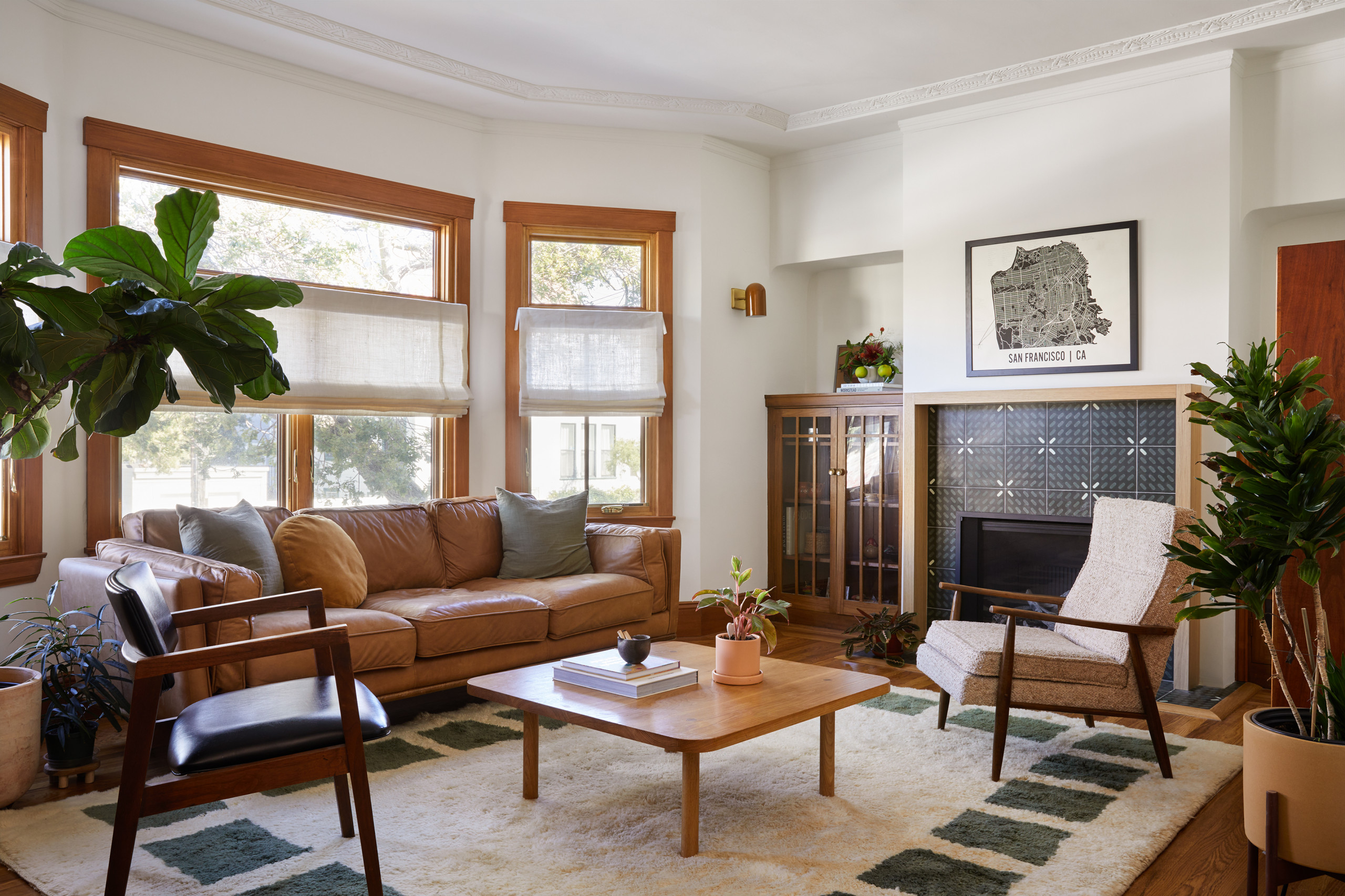
Oversized art can make a powerful statement, especially above sofas or mantels. It draws the eye, anchors the space, and becomes a focal point. Conversely, smaller works are perfect for creating intricate gallery walls or highlighting cozy nooks.
Tips for working with scale:
- Large-scale pieces: Ideal for minimalist spaces or rooms with high ceilings.
- Medium-sized art: Works best in pairs or as part of a layered arrangement.
- Smaller pieces: Cluster together or scatter across floating shelves.
Always aim to balance your art with the surrounding furniture and architecture so it feels harmonious rather than overwhelming.
4. Create a Gallery Wall Without the Guesswork
Gallery walls are an easy way to bring variety and personality into your space—but they can also become cluttered if not done thoughtfully.
To master the gallery wall:
- Stick to a theme: This could be color-based, black-and-white, geometric, or travel-focused.
- Keep consistent frame colors or finishes for cohesion.
- Lay everything out on the floor before hanging to test different arrangements.
- Keep spacing even and aim to center the entire display at eye level (about 57–60 inches from the floor).
Gallery walls also offer flexibility. You can add or rotate pieces over time, making your wall an evolving expression of your life and tastes.
5. Frame Like a Pro
Framing does more than just hold your art—it enhances it. A well-chosen frame can draw attention to details, unify different pieces, or add a touch of elegance or whimsy.
- Sleek metal or acrylic frames: Perfect for modern or minimalist art.
- Natural wood frames: Complement boho, rustic, or traditional aesthetics.
- Matting: Adds breathing room and sophistication, especially for smaller works.
Invest in custom framing for cherished pieces, but don’t shy away from ready-made options for rotating collections or budget-friendly decor.
6. Incorporate 3D Art and Unexpected Materials
Art doesn’t have to live behind glass. Elevate your walls with texture and depth by adding non-traditional forms of wall art:
- Woven baskets or fiber art
- Shadow boxes with keepsakes or travel mementos
- Metal or wood sculptures
- Painted ceramic plates
- Framed textiles or patchwork
This variety creates a tactile and visual richness that instantly makes your space feel more lived-in and layered.
7. Shine a Light on It—Literally
Lighting plays a crucial role in how your art is perceived. Just as a spotlight on a stage performer draws attention, modern picture lighting can turn any piece into a showstopper. Adjustable picture lights or ceiling-mounted track lighting can dramatically enhance color, texture, and mood.
Opt for:
- Wall-mounted picture lights for formal pieces.
- Track lighting for gallery walls.
- Accent lighting beneath shelves or above frames.
Choose bulbs with a high Color Rendering Index (CRI) to ensure your art’s colors appear vivid and true.
8. Rotate Art Seasonally or for a Fresh Look
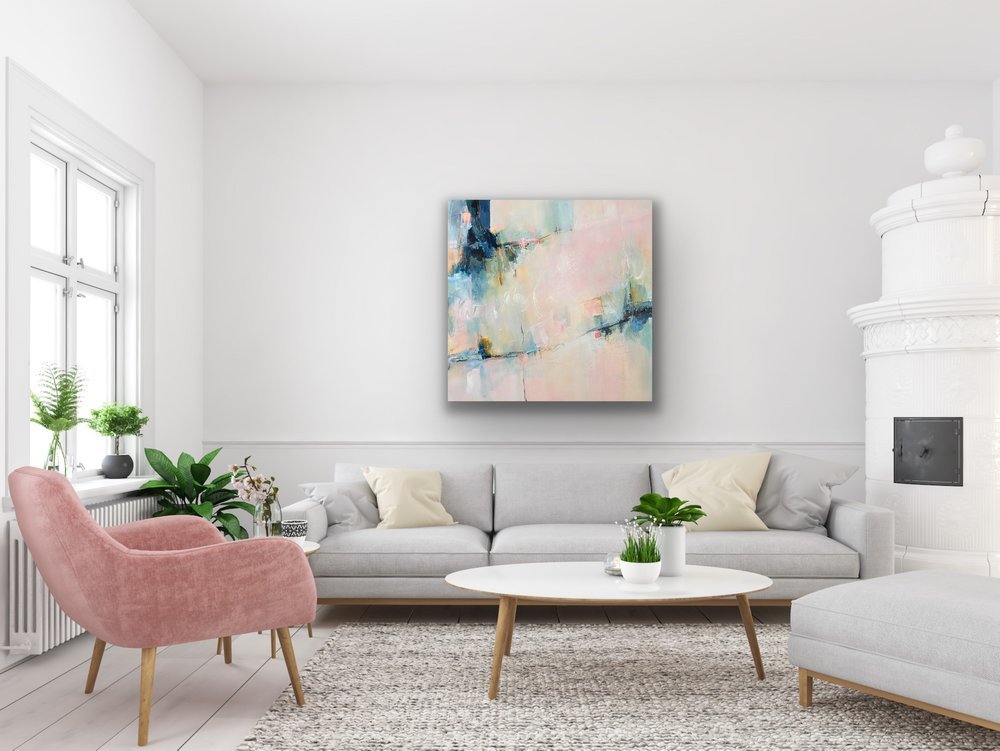
As with any home decor, it’s okay to change things up. Rotate pieces seasonally or whenever you’re craving a new vibe. It keeps the room feeling fresh and lets you enjoy more of your collection over time.
Consider storing extra pieces safely and pulling out new ones to match the season—coastal scenes in summer, cozy illustrations in winter. Even a few swaps can breathe new energy into your space.
9. Let Your Personality Shine Through
The most meaningful art is the kind that reflects who you are. Don’t be afraid to blend the bold with the sentimental. A professionally framed print can hang next to a piece your child made in school. A painting from your travels can sit above a vintage record sleeve. It’s your story—tell it boldly.
Incorporate:
- Art made by friends or local artists
- Vintage pieces with history
- Personalized prints or typography
- Mementos that hold emotional value
Authenticity always trumps trends.
Conclusion
Decorating your living room with art is one of the most personal and rewarding aspects of interior design. It’s not about achieving perfection—it’s about crafting a space that feels like you. When chosen thoughtfully and displayed with intention, art does more than beautify a wall; it brings warmth, emotion, and identity to your home.
From selecting the right pieces and experimenting with layout to choosing the perfect frames and adding picture lighting for emphasis, every detail contributes to the bigger picture. And remember, curating art for your home doesn’t require a degree in design—just a willingness to explore, experiment, and express yourself.
So go ahead: dust off those prints, hang that painting you’ve been meaning to showcase, and light it up with pride. Your walls are waiting to tell your story.

